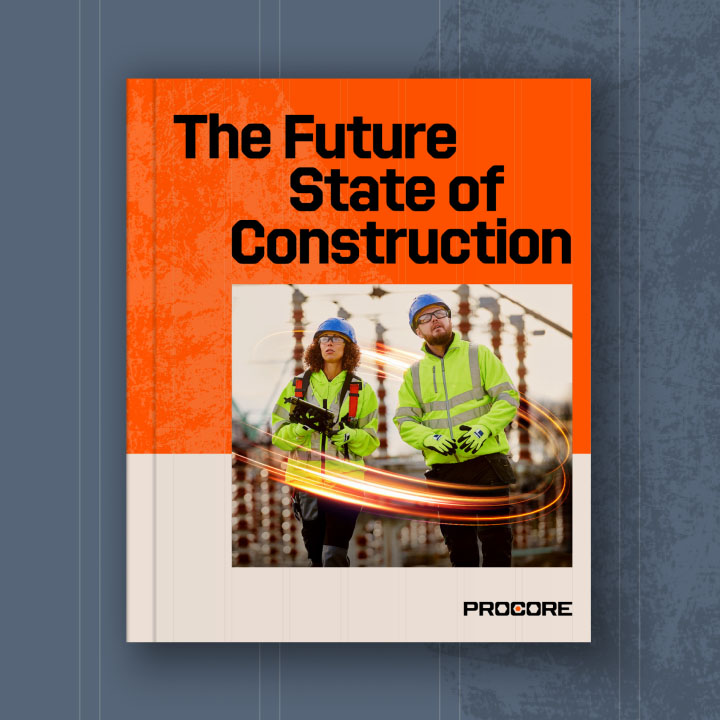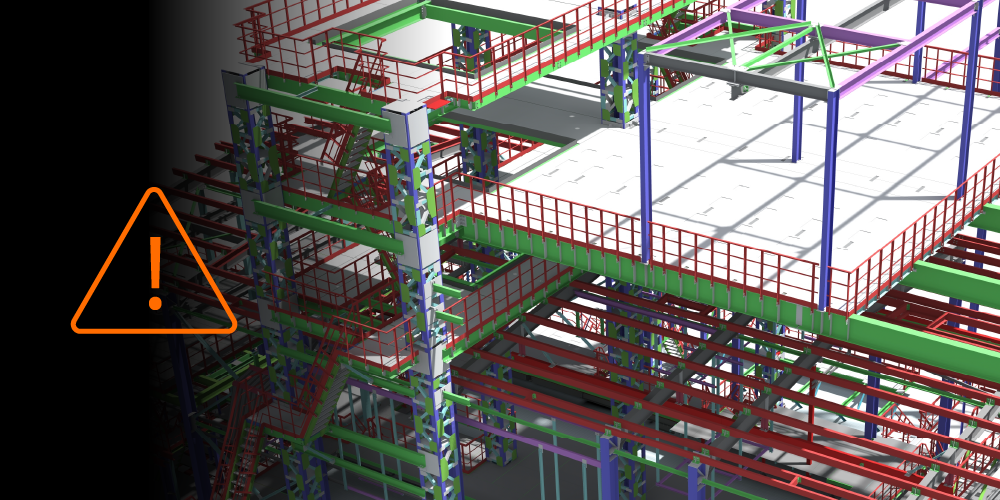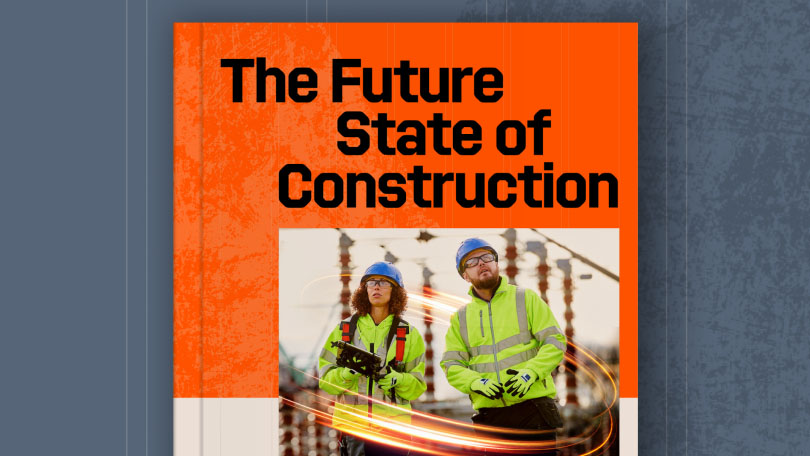Related Articles
— 6 min read
Getting a Grip on Scope 1, 2 and 3 Emissions in Construction

Last Updated Sep 10, 2025

Willow Aliento
Principal
As a qualified environmental scientist and accredited journalist, Willow works across the property, design, engineering and construction sectors to advance sustainable practices. Her areas of expertise and experience include construction quality and compliance, carbon footprints, sustainable procurement, climate risk and resilience, environmental policy, social value, stakeholder engagement and Indigenous consultation. Her communications work has appeared in publications including The Guardian, The Fifth Estate, Ecolibrium, Sourceable, Australian National Construction Review and InDesign.
Last Updated Sep 10, 2025

As the building and construction sector accounts for around 39 percent of global greenhouse gas emissions, a key target for the decarbonisation transition is reducing emissions associated with both new construction and the ongoing operation of buildings.
In addition, new mandatory requirements for large businesses to report on their climate-related impacts are having a ripple effect through the property sector supply chain.
Builders, design teams and subcontractors are experiencing pressure from this in two main directions:
- Push factors from investors and developers who now need to account for and disclose the carbon emissions tied to their operations and investments
- Pull factors from major stakeholders like government departments specifying net zero requirements for new assets or tenancies
What this means for builders and subcontractors is there is a growing need to understand and provide information to clients and stakeholders about the carbon emissions associated with both business operations and project-related activities.
The international Greenhouse Gas Protocol defines three primary categories of emissions, known as “scopes”.
Table of contents
Scope 1 Emissions
What Are They?
Scope 1 emissions are greenhouse gas emissions from sources owned or controlled by a business or entity. This includes emissions generated on-site through fuel combustion from machinery, generators, or vehicles operated by the business. It can also include emissions from processes such as refrigeration, heating systems, decomposition of vegetation, on-site welding, or asphalt paving operations.
Examples include:
- burning natural gas for cooking, hot water or industrial processes;
- refrigerant leakage from air conditioning equipment;
- combustion of petrol or diesel in engines or generators;
- cleared vegetation being burnt off or allowed to rot into compost.
How To Reduce Them In Your Business:
- retrofit your business premises for all-electric cooking, hot water and heating;
- ensure any HVAC equipment is regularly inspected for leaks and maintained;
- purchase or lease electric vehicles, plant and equipment.
How Projects May Reduce These Emissions
- design and procurement for all-electric building services;
- use of on-site solar and battery solutions instead of diesel generators;
- use of electric plants and equipment including cranes.
Scope 2 Emissions
What Are They?
These are the emissions associated with purchased electrical energy, for example, the emissions from power generation that supplies the main grid.
How To Reduce Them In Your Business
Reducing these emissions can be achieved through improving energy efficiency of both premises and processes and also obtaining electricity through a mix of on-site solar PV and procurement of green energy that comes from renewable sources such as wind farms and solar farms.
How Projects May Reduce These Emissions
On projects, addressing Scope 2 might look like more stringent expectations around energy efficiency and sustainability ratings scores such as NABERS, NatHERS or Green Star Buildings.
It might also involve designing the project for optimal space availability for solar PV including both conventional rooftop PV panels and Building-Integrated Photovoltaics (BiPV), incorporating a renewable energy storage battery, or, on very large or complex projects, utilising niche renewable energy technologies such as geothermal ground loops, small-scale wind turbines at roof level or in landscaping, or small-scale hydro within hydraulic systems.
Scope 3 Emissions
What Are They?
These are the most complex of the Scopes to understand, manage and report on, as they include the wider value chain and procured goods and services. The boundary is generally determined by the degree to which the emissions are significant or “material” to the product, service or client/end user, and the degree to which procurement or utilisation of the product or service is under the entity’s control.
So, the emissions associated with your banker’s company car, for example, are not within your control, nor are they likely to be material for a construction or subcontracting business. The emissions from the production of concrete and the emissions of a diesel-fuelled concrete truck, however, are both material and to a degree within the control of a builder.
Keep in mind that Scope 3 is also why many clients are starting to focus on the emissions footprint of projects.
For a property investor, developer or owner, the emissions associated with construction and operation of a building form part of their own scope 3 – and within the next few years most investors, property portfolio owners and developers will need to report these emissions.
How To Reduce Them In Your Business
- Ask your key suppliers for any documentation they have that reports on emissions factors, for example, an Environmental Product Declaration or green credential such as Global Green Tag, then look for products and suppliers that deliver the performance you require with the lowest emissions footprint.
- In your procurement of plant, equipment and PPE, look for suppliers that have obtained carbon neutral certification or provide documentation or other evidence that shows they are acting to reduce their emissions impacts.
Trends in Construction to Reduce Scope 3
Major structural materials are the key area where construction leaders are looking to reduce and report on Scope 3. That includes concrete, steel, aluminium and glazing. In addition, many of the major plant, equipment, fixtures and fitout suppliers are seeing the advantage of becoming carbon neutral certified or electrifying their operations to reduce emissions and obtain a competitive edge in the market.
Strategies include:
- Re-use of materials wherever possible, including retaining significant quantities of existing structure during redevelopment and refurbishment projects;
- Specifying for low carbon materials such as green concrete, recycled steel, recycled aluminium;
- Substitution of high carbon materials for low carbon materials such as engineered timber, recycled clay brick, rammed earth and eco panels;
- Use of prefabrication, modular or design for manufacture and assembly approaches to reduce materials waste during construction;
- Right-sizing projects through parametric design to reduce the extent of concrete and steel required.
Managing the Information Requirements
The key to managing requirements from clients or stakeholders to report on emissions is to establish effective information management processes.
For Scope 1 emissions, details of fuel use, refrigerant use and any vegetation clearing can be used as the basis of reporting, and your accountant, your client or a consultant can translate this data into relevant estimates of emissions if needed.
For Scope 2 emissions, your energy provider will give information on the emissions associated with your purchased energy use.
For Scope 3, it is a matter of obtaining and compiling data from your suppliers and service providers, then similarly to Scope 1, an accountant, your client or a consultant can provide support to convert this information into reporting.
Realistically, most of the information above is already being received by your business in some form, it is a matter of ensuring the relevant details are extracted and compiled in an effective reporting or information sharing format.
The Upside
There are some upsides to all of this, the first being that construction and subcontracting businesses that engage with this proactively will have a commercial advantage in tendering for government or institutional investor projects that specify for net zero or low carbon assets.
Also, because understanding the Scopes also highlights the quantity of fuels, refrigerants and materials you are consuming, it also makes a strong case for improving energy efficiency, reducing waste and refining your procurement strategy. All of which can end up saving you money and improving the profitability of your business.
See what’s coming in construction over the next decade.
Download the Future State of Construction Report for insights, trends, and innovations shaping the industry over the next 8–10 years.

Categories:
Written by

Willow Aliento
Principal | Geronimo Advisory
As a qualified environmental scientist and accredited journalist, Willow works across the property, design, engineering and construction sectors to advance sustainable practices. Her areas of expertise and experience include construction quality and compliance, carbon footprints, sustainable procurement, climate risk and resilience, environmental policy, social value, stakeholder engagement and Indigenous consultation. Her communications work has appeared in publications including The Guardian, The Fifth Estate, Ecolibrium, Sourceable, Australian National Construction Review and InDesign.
View profileExplore more helpful resources

Managing Direct Costs in Construction: How Visibility Drives Profitability
Direct costs define the financial reality of every construction project. They cover the labour, materials, and equipment that drive delivery and determine profitability. But even the best-planned budgets can shift...

BIM Clash Detection: Reducing Rework, Delays, and Risk in Construction
Design clashes can be a significant hidden cost in construction, as each conflict between systems risks expensive rework, project delays, and reduced margins. BIM clash detection empowers teams to identify...

Next-Gen Job-Costing: Ready to Move? 5 Things to Consider Before You Get Started
In this three-part series, Quantity Surveyor turned Financial Solutions Specialist Clint Burgess uncovers the real-world gains for people, processes, and profits when businesses move from legacy to next-generation Enterprise Resource...

From Workarounds to Workflow: Solving Construction’s Legacy Job-Costing System Challenges with Next-Gen Tools
In this three-part series, Quantity Surveyor turned Financial Solutions Specialist Clint Burgess uncovers the real-world gains for people, processes, and profits when businesses move from legacy to next-generation Enterprise Resource...
